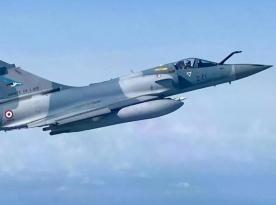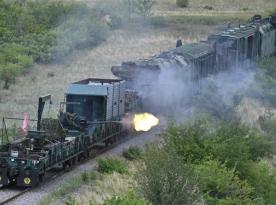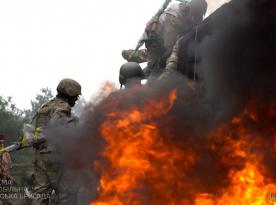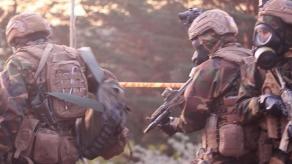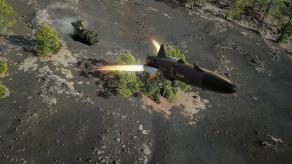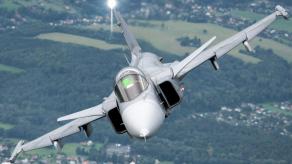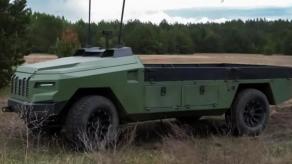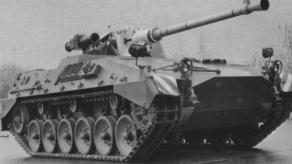The Security Service of Ukraine has published a new video of Ukrainian FPV drones attacking russian strategic aviation airfields on June 1. The video recorded about 30 episodes of damage to various aircraft, including Tu-95MS and Tu-22M3 strategic bombers, A-50 airborne early warning and control aircraft, and An-12 transport aircraft.
The most interesting is that some of them had their own names. Among the aircraft affected, OSINT communities identified four Tu-95MSs named Voronezh, Chelyabinsk, and Kozelsk, as well as possibly Vorkuta or Izborsk, where opinions differIt is possible that some bombers bearing names were also hit, but they have not yet been identified due to poor video quality and bad weather conditions.
Read more: Four russian Landing Ships Sunk — One New Ka-52K-Capable Vessel Built, But There's a Caveat
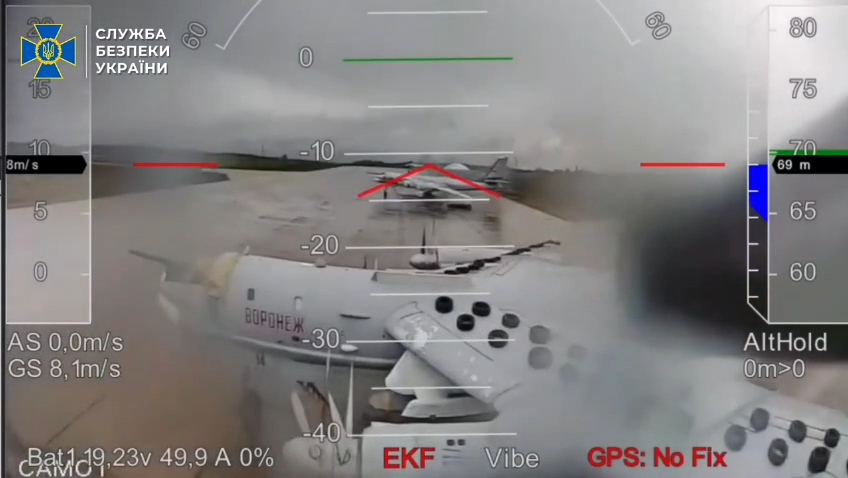
At the same time, there is a question as to why russian Tu-95MS aircraft have names. russian sources present the naming of aircraft as a Soviet tradition, because during World War II there was a somewhat similar practice — pilots decorated their aircraft or added inscriptions, often funded by citizens. After the war ended, this tradition disappeared.
Only after the collapse of the Soviet Union, during Putin's rule, this tradition was "restored" and scaled up.

Currently, the Tu-95MS, Tu-22M3, and Tu-160 strategic aircraft are being given their own names. Moreover, Tu-95s are mainly named after Hero Cities (a Soviet honorary title awarded for outstanding heroism during World War II), industrial cities, or cities that have a certain connection to strategic aviation. In turn, Tu-160s are mostly named after "Heroes of the Soviet Union" and other people who have made a significant contribution.
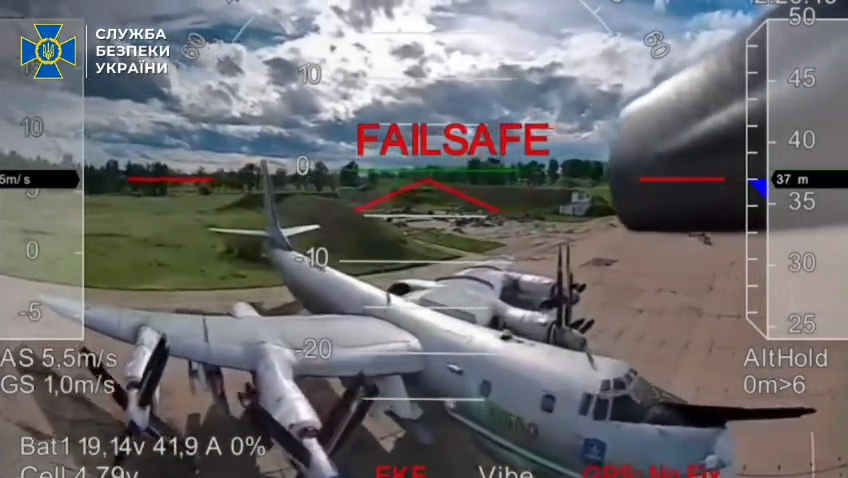
Named aircraft always attract special attention and often appear at various air shows. Therefore, they are treated with particular care and efforts are made to maintain them in the best technical condition. Moreover, it is an important element not only of russia's nuclear triad, but also of its propaganda. Out of approximately 60 Tu-95s operated by the russian federation, around 20 have been given names.
This means that every third aircraft has its own name. It should be noted that most of these 60 aircraft are out of service, so this ratio will be even higher. In particular, the following aircraft have their own names:
- Irkutsk, board number 1;
- Mozdok, board number 2;
- Kurgan, board number 4;
- Saratov, board number 10;
- Vorkuta, board number 11;
- Moscow, board number 12;
- Voronezh, board number 14;
- Kaluga, board number 15;
- Veliky Novgorod, board number 16;
- Veliky Ustyug, board number 17;
- Dubna, board number 20;
- Samara, board number 21;
- Kozelsk, board number 22;
- Ryazan, board number 24;
- Smolensk, board number 29.
It should be noted that in the late 1990s, Ukraine gave russia three Tu-95MS aircraft as payment for gas debts. They were also named Krasnoyarsk board number 19, Sevastopol board number 28, and Izborsk board number 27.
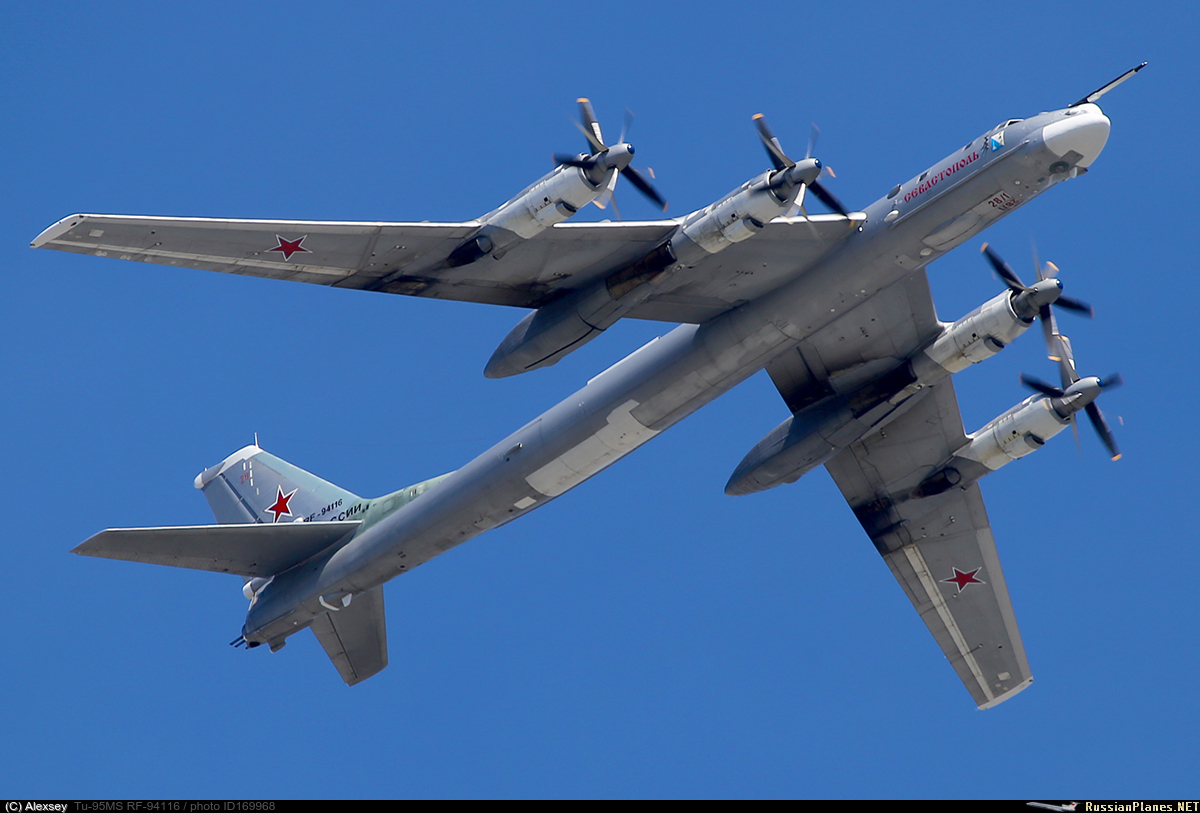
As for Izbor, there is currently a dispute over a specific Tu-95MS. Since various communities have identified the same damaged aircraft differently, some believe it is actually named Vorkuta.
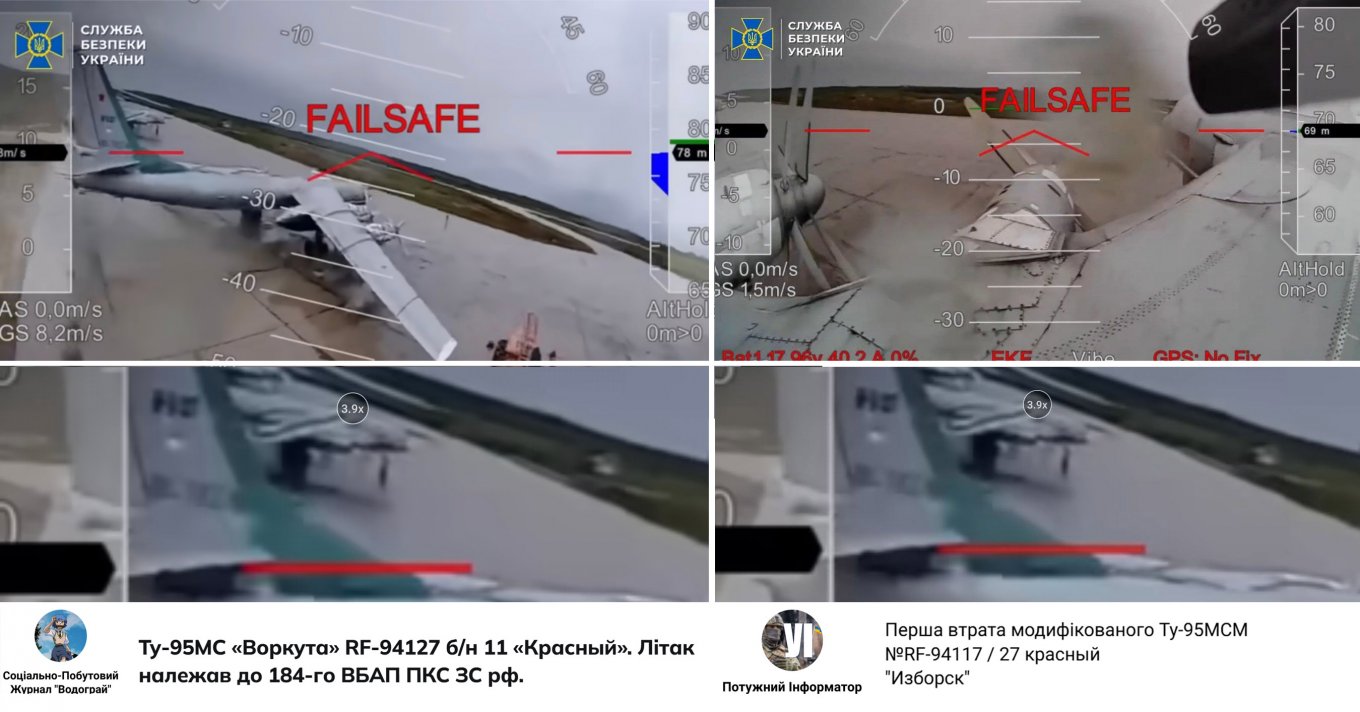
Earlier Defense Express reported that Ukraine's FPV drone attack on Tu-95, Tu-22 bombers exemplifies McRaven's 1993 playbook.
Read more: End of an Era: Legendary Aircraft Carrier USS Enterprise to Be Dismantled for $537 Million





